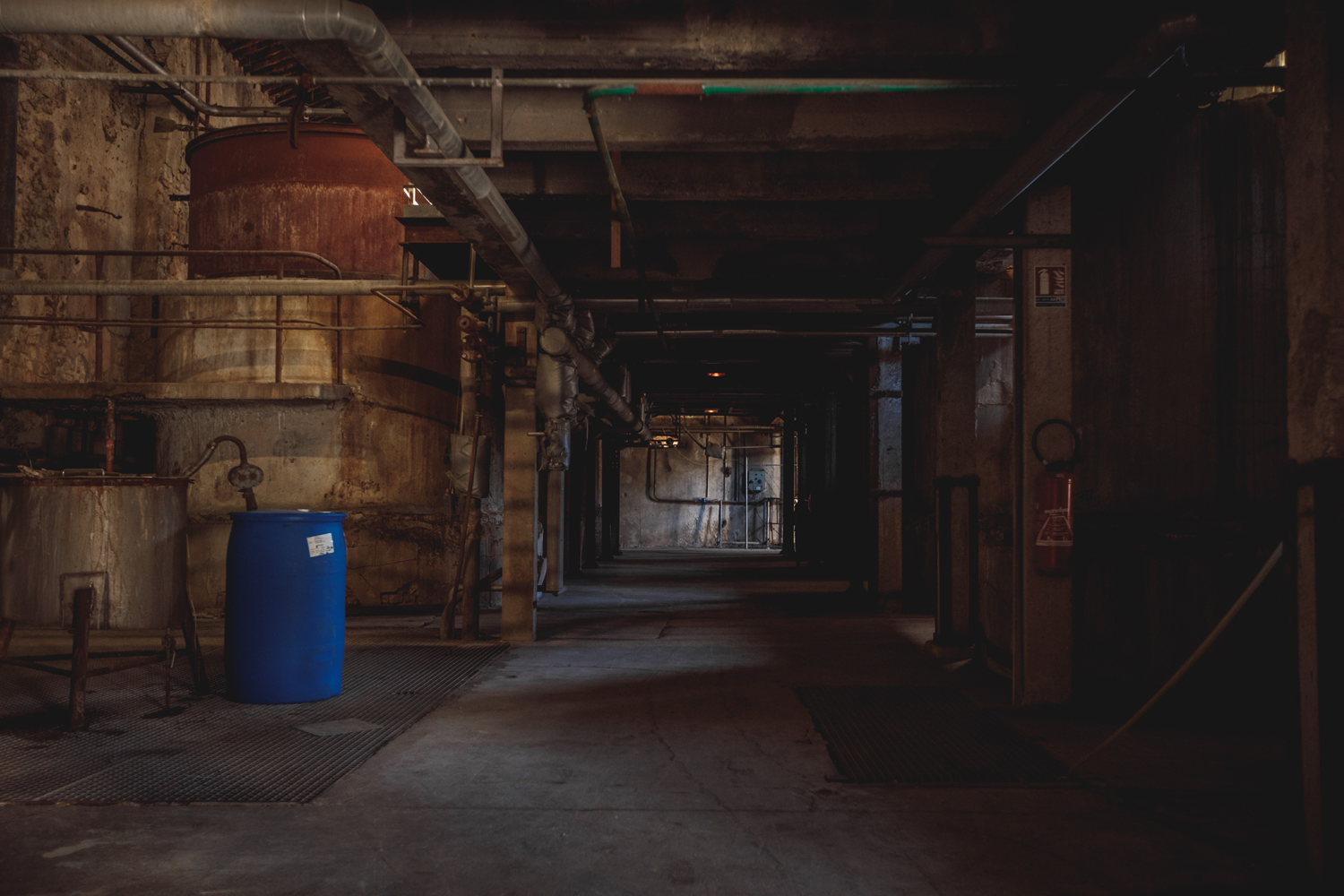Before you go any further...
I've read and accept the Terms of Use and the Privacy Policy.
I accept to receive newsletter and other communications associated with firms of The Explorers Network group'
I accept to receive commercial offers of The Explorers Network partners'.
Thanks!
Vote everyday for your favorite content
SENSITIVE CONTENT
This media contains sensitive content which some people may find disturbing or offensive.
You must be 15 years of age or older to view sensitive content.
Log inBirthday
Content being validated
THE EXPLORERS +
Watch our premium movies
The Explorers + is our premium movie catalog in Ultra High Definition (HD/4K/8K)! Hundreds of videos already available and daily new content on all your devices (web, mobile, tablets, smart TV).
Post content (photo or video) and get 1-month free
OR
Subscribe and support The Explorers Foundation's field actions for biodiversity.

Content being validated
Rise and fall of the soap industry
0
0
Following Colbert's edict of October 5, 1688, regulating the manufacture of Marseille soap, many soap factories were established in the area. In 1786, 49 factories produced 76,000 tons of soap in Marseille and employed 600 workers and an extra labor force of 1,500 convicts. In 1813, more than 60 manufactures used soda, produced chemically according to the Nicolas Leblanc process, and raw materials (palm, peanut, coconut, sesame oils) from Africa or the Middle East. Their number rose to 90 at the start of the 20th century when chemist François Merklen fixed the formula for Marseille soap. The difficulties of maritime transport at the time of the First World War seriously undermined the activity of the soap makers whose production decreased. While Marseille still provided half of France's soap production when World War II broke out, the product was quickly supplanted by synthetic detergents, and most of the soap factories closed.
Related content

Médias en cours d’exploration

